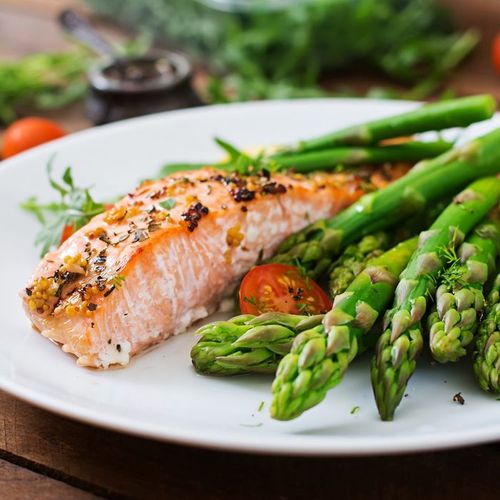Descubre tu mejor versión
Proporcionamos herramientas que ayudan a las personas a recuperar las riendas de su salud y vivir su mejor versión.

Descubre tu mejor versión
Proporcionamos herramientas que ayudan a las personas a recuperar las riendas de su salud y vivir su mejor versión.
Descubrir¿Sobre qué quieres aprender?
Somos una plataforma divulgativa de salud, nutrición y estilo de vida
En otras palabras: Vida Potencial es un espacio online de salud, donde puedes aprender a cuidarte de una manera global a través de la alimentación, el ejercicio físico, el descanso y la gestión del estrés.

Ya somos más de un millón en Youtube
Quizás nos has visto en…







Programas destacados
Cursos de entrenamiento
Opiniones de nuestros clientes

Doctor Ayuno
Hice el programa antes de finalizar el año, me fue genial, mi intención era pérdida de grasa pero no por exceso, sino por forma física y lo noté bastante.
Beatriz P.
5/5

Fuerza en femenino
Me era imposible apuntarme a un gimnasio por el tema económico y de distancia y horarios. Voy más despacio de lo que esperaba, porque llevaba muchos años sin hacer nada, pero ahí sigo y cada día sintiéndome un poco mejor. Mil gracias!!!
María O.
5/5

Menopausia
En 8 semanas he podido interiorizar los pilares de esta manera de cuidarme y de incorporarla en mi día a día, tanto en época de trabajo, como estando de viaje o de vacaciones. Agradezco la claridad del programa y la manera tan didáctica y cercana de transmitir todos vuestros conocimientos.
Silvina M.
5/5
Vídeos destacados
Reproducir vídeo
Reproducir vídeo
Reproducir vídeo
Descubre tu edad real. ¿Sabes cuántos años reales tienes?

Últimos artículos

Dieta antiinflamatoria o cómo controlar la inflamación crónica
04/04/2024
72 comentarios

VO2 máx y longevidad
15/03/2024
21 comentarios
Únete a nuestra Comunidad Potencial
Y recibe gratis las «21 Recetas Antiinflamatorias».


















